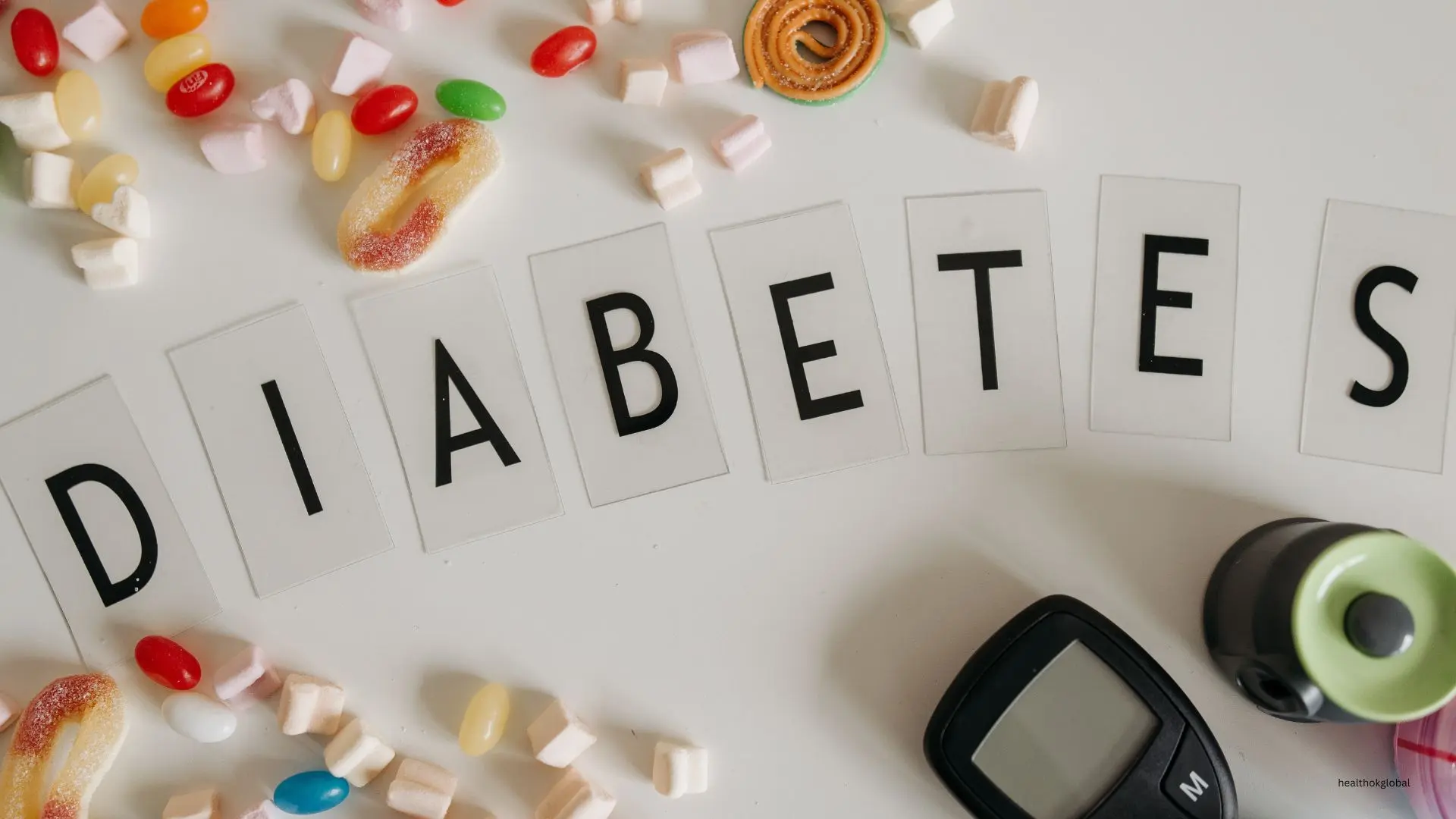Appendicitis is a common medical emergency that requires prompt diagnosis and surgical intervention.

Blog
Nursing Management of Appendicitis: Effective Strategies and Interventions
Appendicitis is a common medical emergency that requires prompt diagnosis and surgical intervention. Nurses play a crucial role in managing patients with appendicitis, from initial assessment to postoperative care. This article provides an overview of the nursing management of appendicitis, including effective strategies and interventions for patient care.
Appendicitis is the inflammation of the appendix, a small, finger-shaped pouch attached to the large intestine. It typically occurs when the appendix becomes blocked by stool, a foreign body, or cancer. If left untreated, an inflamed appendix can burst, leading to severe complications such as peritonitis and abscess formation.
Recognizing the symptoms of appendicitis is essential for timely intervention. Common symptoms include:
The pain usually begins around the navel and then shifts to the lower right abdomen. The pain intensifies over time and is often exacerbated by movement, coughing, or sneezing.
Many patients with appendicitis experience nausea and vomiting, which can worsen as the condition progresses.
A significant decrease in appetite is a common symptom of appendicitis.
A low-grade fever may develop as the body's immune response to the infection. If the appendix bursts, the fever may become more severe.
Changes in bowel habits, such as constipation or diarrhea, can occur in patients with appendicitis.
Abdominal bloating or swelling may occur as the appendix becomes more inflamed.
The initial assessment of a patient with suspected appendicitis involves a thorough medical history and physical examination. Key steps include:
Collect detailed information about the patient's symptoms, including the onset, duration, and nature of the pain, as well as any associated symptoms like nausea, vomiting, and changes in bowel habits.
Perform a comprehensive physical examination, focusing on the abdomen. Palpation of the lower right quadrant often reveals tenderness, known as McBurney's point tenderness, which is indicative of appendicitis.
Order blood tests to check for signs of infection, such as an elevated white blood cell count. A urinalysis may be performed to rule out urinary tract infections.
Imaging studies, such as an abdominal ultrasound or CT scan, can help confirm the diagnosis by visualizing the inflamed appendix.
Once appendicitis is diagnosed, prompt surgical intervention is typically required. Preoperative nursing interventions include:
Educate the patient and their family about the planned surgical procedure, including what to expect before, during, and after surgery.
Administer prescribed analgesics to manage pain and keep the patient as comfortable as possible. Monitor the patient's pain levels regularly.
Initiate intravenous fluids to maintain hydration and electrolyte balance, especially if the patient is experiencing nausea and vomiting.
Keep the patient nil per os (NPO) to prepare for surgery. This means no food or drink to prevent aspiration during anesthesia.
Postoperative care focuses on monitoring for complications, managing pain, and promoting recovery. Key interventions include:
Regularly monitor the patient's vital signs, including temperature, pulse, respiration, and blood pressure, to detect any signs of infection or complications.
Continue to manage pain with prescribed medications and assess the patient's pain levels frequently. Encourage the use of non-pharmacological pain relief methods, such as deep breathing exercises.
Inspect the surgical site for signs of infection, such as redness, swelling, or discharge. Provide appropriate wound care and keep the incision clean and dry.
Encourage early ambulation to promote circulation and prevent complications such as deep vein thrombosis and pneumonia.
Gradually reintroduce oral intake, starting with clear liquids and progressing to a regular diet as tolerated by the patient.
Educate the patient about postoperative care, including activity restrictions, dietary recommendations, and signs of complications to watch for at home.
Understanding potential complications of appendicitis and their management is crucial for optimal patient care. Common complications include:
Infections can occur at the surgical site or within the abdomen (peritonitis). Prompt recognition and treatment with antibiotics are essential.
Abscesses may develop if the appendix bursts before removal. Treatment involves drainage and antibiotic therapy.
Postoperative adhesions can lead to bowel obstruction. Symptoms include severe abdominal pain, vomiting, and inability to pass stools. Surgical intervention may be necessary.
Encourage deep breathing exercises and use of incentive spirometry to prevent pneumonia and atelectasis.
Effective nursing management of appendicitis involves prompt assessment, timely interventions, and comprehensive postoperative care. By understanding the symptoms, diagnosis, and potential complications of appendicitis, nurses can provide optimal care and improve patient outcomes. Education and communication with the patient and their family are also crucial in ensuring a smooth recovery and preventing complications.
Appendicitis is the inflammation of the appendix, a small, finger-shaped pouch attached to the large intestine. It typically occurs when the appendix becomes blocked by stool, a foreign body, or cancer. If left untreated, an inflamed appendix can burst, leading to severe complications such as peritonitis and abscess formation.
Recognizing the symptoms of appendicitis is essential for timely intervention. Common symptoms include:
Postoperative care focuses on monitoring for complications, managing pain, and promoting recovery. Key interventions include:
Need Personalized Health Guidance?
Get expert advice tailored to your specific health needs from our qualified healthcare professionals.





